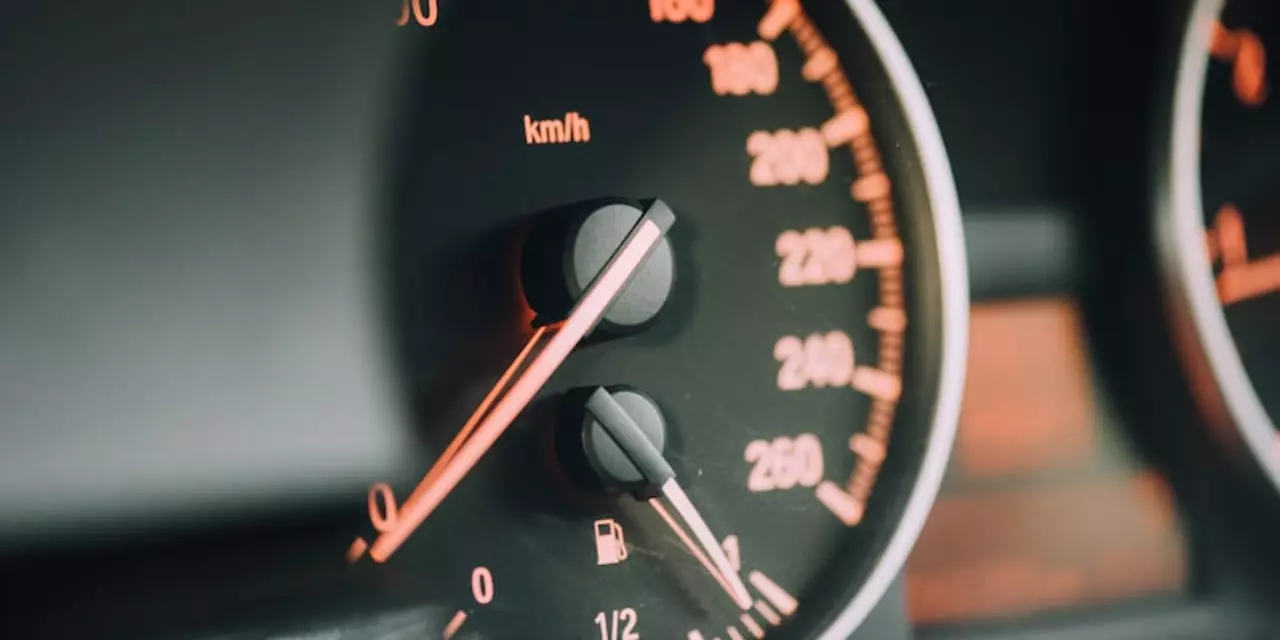Motorsport Safety: What Keeps High‑Speed Racing Under Control?
Ever watched a Formula 1 car whisk past at 200 mph and wondered why serious accidents don’t happen every lap? It’s not luck – it’s a mix of driver training, clever engineering, and hard‑line rules. In this guide we’ll break down the three pillars that make motorsport surprisingly safe, and give you quick tips if you ever step into a race car.
Key Safety Technologies
First up, the car itself. Modern race cars are built like tiny, aerodynamic cages. A roll‑over protection structure, known as a roll cage, surrounds the driver and absorbs impact. The chassis is made from carbon fibre or aluminium monocoques that stay rigid even in a crash.
Next, the driver’s gear. Fire‑resistant suits, helmets with carbon‑fibre shells, and HANS (Head and Neck Support) devices all work together to protect the brain and body. Even the seat belts are six‑point harnesses that lock down every inch of the driver.
Electronics play a huge role too. Sensors monitor tire pressure, brake temperature, and G‑forces in real time. If anything goes out of range, the car’s onboard computer can cut power or trigger an automatic safety car on the track.
Driver Skills & Race Rules
All the tech in the world won’t help if the driver isn’t trained. Racers spend countless hours in simulators and on‑track practice, learning how to brake, accelerate, and steer at the edge of traction. They also learn racecraft – how to overtake, defend positions, and keep a safe distance from other cars.
Regulations enforce that skill. Every series has strict licensing requirements, mandatory medical checks, and minimum fitness standards. Before a race, cars go through a technical inspection to ensure all safety devices are installed correctly and working.
During a event, race control monitors everything from a high‑definition video wall. If a car veers off track or a piece of debris appears, a safety car is deployed immediately. This slows the field and gives marshals time to clear hazards safely.
These rules also cover the track itself. Run‑off areas, gravel traps, and energy‑absorbing barriers are placed where a car is most likely to leave the racing line. The result is a track that can take a lot of punishment without endangering anyone.
So why do racing cars rarely get into accidents despite the high speed? It’s the combination of a strong, crash‑designed vehicle, top‑level protective gear, real‑time monitoring, seasoned drivers, and a rulebook that leaves no room for shortcuts.
If you’re thinking about getting behind the wheel of a race car, start with a reputable driving school. Learn the basics of braking zones and cornering techniques before you ever push the throttle. And always double‑check that the car you’re in meets the latest safety standards – roll cage, fire extinguisher, harness, everything.
Motorsport safety is a moving target. New materials, better data analysis, and stricter regulations keep improving the odds that you’ll see more laps than crashes. That’s why fans can enjoy the roar and speed without constantly worrying about disaster.
Ready to explore more? Dive into our article “Why do racing cars rarely get accidents despite the high speed?” for a deeper look at how design, skill, and rules work together to keep the sport thrilling yet safe.
Why do racing cars rarely get accidents despite the high speed?
Racing cars are designed to be extremely lightweight and aerodynamic, allowing them to reach high speeds without compromising on safety. Despite this, they rarely get into accidents due to a combination of driver skill, advanced safety technologies, and strict rules and regulations. Drivers must be highly trained and experienced in order to compete in a race, as well as follow strict safety protocols. Additionally, racing cars are equipped with a variety of safety features such as roll cages, fire-resistant suits, and helmets. Finally, race organizers enforce strict rules and regulations in order to ensure the safety of drivers, spectators, and others involved.



